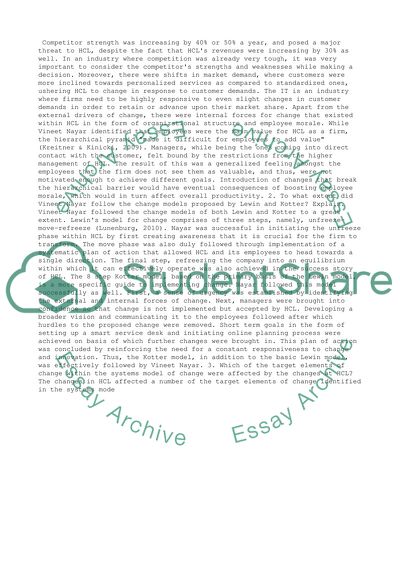Cite this document
(“OB in Action Case Analysis: HCL Technologies Study”, n.d.)
Retrieved from https://studentshare.org/management/1475365-ob-in-action-case-analysis-hcl-technologies
Retrieved from https://studentshare.org/management/1475365-ob-in-action-case-analysis-hcl-technologies
(OB in Action Case Analysis: HCL Technologies Study)
https://studentshare.org/management/1475365-ob-in-action-case-analysis-hcl-technologies.
https://studentshare.org/management/1475365-ob-in-action-case-analysis-hcl-technologies.
“OB in Action Case Analysis: HCL Technologies Study”, n.d. https://studentshare.org/management/1475365-ob-in-action-case-analysis-hcl-technologies.


